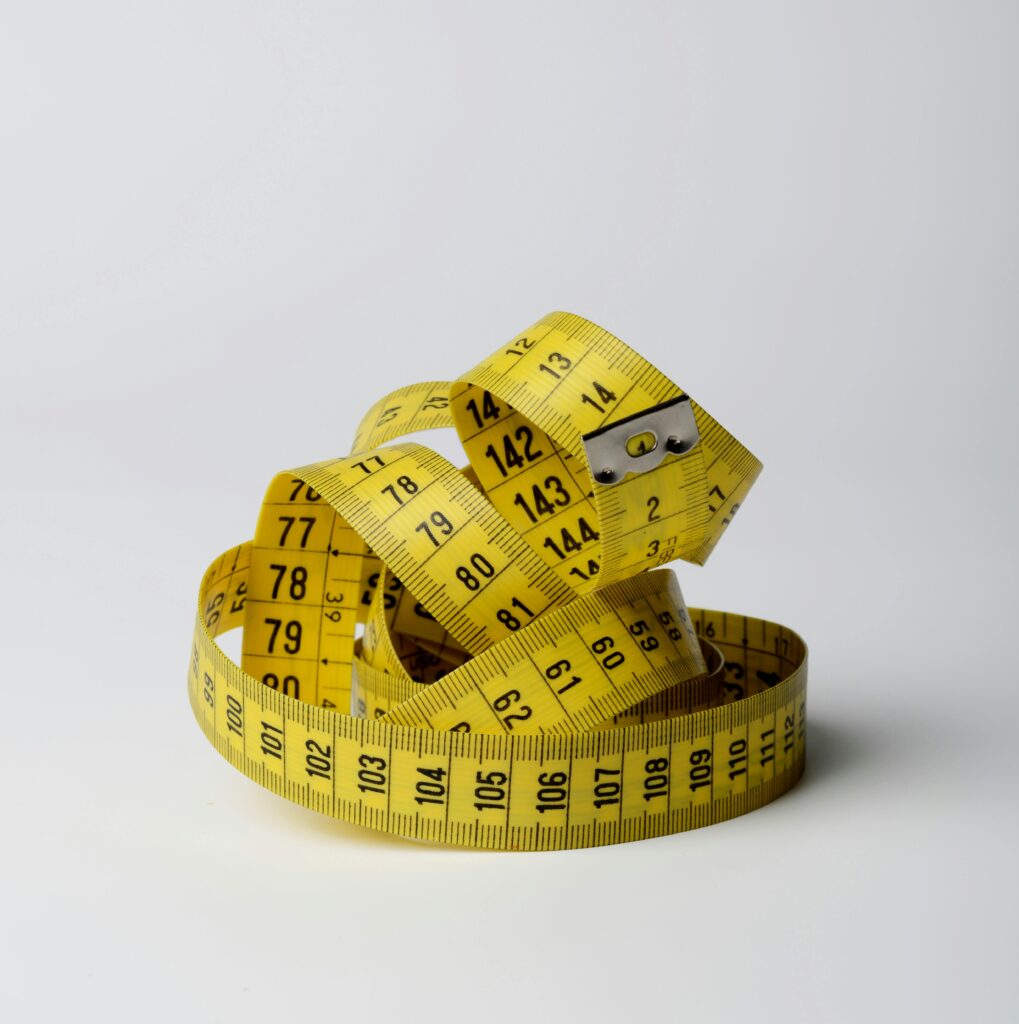How big is big enough?
In “Average-Size Erect Penis: Fiction, Fact, and the Need for Counseling,” Psychology Professor Bruce King, Ph.D., explores the truth behind one of men’s most private concerns.
The 2021 study published in the Journal of Sex & Marital Therapy dives into common misconceptions surrounding the average size of an erect penis. It provides an evidence-based reality check that challenges widely held beliefs and the societal pressures that fuel them.
Professor King’s study is not just a revelation of facts about penile size. It is a call to action for more responsible societal discourse on body image. It aims to alleviate the unnecessary stress and anxiety experienced by many men.
In a world obsessed with size, this article confronts the myths surrounding the measure of manhood.
The Psychology of Penis Size
One of the earliest systematic attempts to penis size came from Alfred Kinsey and his colleagues in the mid-20th century. Their work, which initially relied on self-report measures, suggested that the average penis size was greater than what later studies found.
This discrepancy can be attributed to several factors. They include volunteer bias and social desirability bias, where participants may have overstated their size due to societal pressures to conform to perceived norms of masculinity and sexual prowess. “Social desirability bias may be another reason that in one study 64.8% of gay and bisexual men self-reported penis lengths of 6 to 10+ inches.” (Dr. Christian Grov, et.al)

According to the article, media portrayals, particularly in “pornography and erotic literature with their emphasis on large penises” can skew public perception. Thus, creating unrealistic standards for what is considered ‘normal’ or desirable. Pornography often features actors selected for their above-average sizes.
The penis portrayal is compounded by the lack of comprehensive sex education. To include discussions on the natural variation in human anatomy. This may lead many to believe they do not meet the standards often overrepresented in the entertainment industry.
Scientific studies try to correct these misconceptions by providing more accurate measurements of penis size. The consensus among these studies is that the average erect penis length is significantly less than what people believed. This is likely based on flawed earlier research and media representations.
Despite this, the pervasive influence of these misconceptions continues to impact men’s self-confidence. And the way penis size is discussed in society. In a “2014 study men were asked to estimate the average length of an erect penis; the mean estimate was 6.22 inches (15.8cm).” As we’ll see, this is a bit higher than the evidence suggests.
Beyond the Bias
Professor King‘s study critically evaluates self-reported and direct measurements researchers take to address common methodological flaws like volunteer and social desirability biases. The review incorporates data from a diverse sample. It shows a combined mean erect penis size from ten studies being 5.36 inches (13.61 cm). And from 1,629 participants and twenty-one studies involving stretched penises, a mean of approximately 5.11 inches (12.98 cm) across 13,719 participants.
This evidence starkly contrasts the prevalent belief among men that the average erect penis exceeds 6 inches. Emphasizing the disconnect between perception and reality.
Professor King reviewed the following types of studies:
- Studies by Alfred Kinsey and colleagues, focus on the inception of misconceptions about average penis size.
- Research where measurements were directly taken by researchers, providing more accurate data and addressing biases presented in self-report studies.
- Analyses focusing on stretched penises contribute to the understanding of the variability in penis size measurements.
- Comprehensive reviews encompassing self-report and direct measures, aimed to provide a holistic view of existing research and correct misinformation.
The author emphasizes, “In studies of penis size, most researchers use a standard procedure.” This shows the meticulous effort to ensure accuracy and reliability in the findings. The problem? “There is not a consensus on methodology.”
Big Feet = Big Penises Shoes
Contrary to popular belief, the findings of Professor King‘s research suggest that the average length of an erect penis is somewhere between 5.1 and 5.5 inches (approximately 12.95 to 13.97 cm). These findings are based on the more reliable studies with actual measurements, mentioned above. Again, this is significantly less than the often self-reported average of over 6 inches.
Professor King further explores the association between penis size and somatometric parameters, such as height and index finger length. Some studies found a weak positive correlation between penis length and body height, as well as index finger length. Additionally, there is little to no evidence for a correlation with shoe size. This suggests that while certain body measurements may share a weak relationship with penis size, others do not. Thereby, debunking some common myths regarding how to gauge penis size based on bodily characteristics.
Further, the review addresses demographic variations. It emphasizes the absence of substantial evidence for differences in average penis size related to race or sexual orientation. This important clarification counters many stereotypical beliefs and highlights the diversity and range of normal human anatomy across different populations.

Combatting Penis Size Insecurities
As Professor King reveals, the discrepancy between perception and reality has significant implications for men’s self-perception. Further, it impacts overall sexual health education.
According to the study, men are grappling with insecurities about penis size by:
- Seeking Penile Lengthening Surgery: Despite most men having normal-size penises, a significant number consider surgery. These surgeries are deemed risky by the American Urological Association.
- Wishing for Larger Penis Size: Between 45-68.% of men wish their penis was larger. This is the result of equating penis size with masculinity and sexual competence.
The research suggests that counseling them about the realities of penis size may “be effective in alleviating concerns for the majority of men who worry about having a small penis.”
With this, Professor King advocates for a shift in focus from surgical intervention to psychological counseling and education to address men’s insecurities related to their body image.
Solving the Dilemma
The implications of volunteer and social desirability biases on men are profound. Misconceptions fueled by inaccurately reported data can lead to unnecessary anxiety, poor self-esteem, and distorted expectations regarding sexual performance.
Professor King emphasizes the need for “counseling with factual information about penis size” to mitigate these concerns. They suggest that accurate, evidence-based sexual health education can play a crucial role in debunking myths. Thus, fostering a healthier self-image among men.
Professeur King further calls for more methodologically rigorous studies that minimize the impact of said biases. They advocate the “use of direct measurements by researchers rather than self-report to obtain more accurate data.” Additionally, they focus on the importance of inclusivity in study designs to ensure findings are representative of diverse populations. Thereby providing a more comprehensive understanding of penis size across different demographics.
As we evolve in our understanding of human anatomy, we must also ensure our societal standards progress.

Featured image: “Photo by Deon Black on LetsTalkSex“



